Now there's not really a whole lot I can share with you when it comes to photos from the British Library, so I'm just going to give you a brief description of the exhibit and what it had. The exhibit showed a wide collection of first edition books and transcripts from various prominent British authors over the years. Highlight include: Geoffrey Chaucer, J.R.R. Tolkien, J.K. Rowling, Charlotte Bronte, A.A. Milne, Jane Austen, Robert Lewis Stevenson, Daphne Du Maurier, Lewis Carroll, Rudyard Kipling, Bram Stoker, Charles Dickens, Shakespeare, John Lennon and Sir Arthur Conan Doyle, just to name a few. Below is a brief video clip from the curator of the exhibition to give you a taste of what I saw there:
I'm just going to go briefly over what each author I listed had on display. Since the books are more or less fairly well known books, I'm not going to describe them in detail, I promise.
I already talked about Geoffrey Chaucer in my last post about Westminster Abbey, so I'll make this quick. The Canterbury Tales is a collection of stories a group if pilgrims on the way to Canterbury to the Shrine of Saint Thomas Beckett tell each other. It's written in Middle English and was first published in the 1300s. Above is a photo of the actual manuscript I saw. There are roughly 83 known manuscripts of the Canterbury Tales in the world, and I got to see one of them. This is very early English literature at its finest.
In addition to being a write, J.R.R. Tolkien (author of the Lord of the Rings trilogy along with The Hobbit) was also an artist. Above is a painting of the Shire, where Bilbo and Frodo Baggins live, along with Sam, Merry and Pippin, and the rest of the hobbits in Middle Earth. This gives you a taste of what was in Tolkien's head when he wrote The Hobbit and the first and last Lord of the Rings books. It's also what a lot of English countryside looks like, especially the Cotswold, but that's for the next post.
Harry Potter, perhaps the most well-known British series of the generation. The British Library had on display the manuscript from the first book of the series: Harry Potter and the Philosopher's Stone (or Harry Potter and the Sorcerer's Stone for all the confused Americans out there). It was amazing to sit there and actually look at J.K. Rowling's work. Her handwriting was very rushed and cramped, and you could sense just how excited she was to get all her ideas out of her head and down on paper. Appropriately, the manuscript was open to the scene where Harry arrives at Kings Cross Station in search of the magical and elusive Plateform 9 3/4. This is appropriate since the British Library is right next to Kings Cross Station, so it was pretty easy to picture everything going on in the scene.
I've already talked about the Bronte sisters a little bit when I went to York, so I'll make this quick. I got to see the manuscript for Jane Eyre, written by Charlotte Bronte (and one of my favorite books). It was absolutely amazing to see Charlotte Bronte's actual handwriting (which was gorgeous by the way) as she thought out the plot of her world famous novel.
Now, nearly everyone in the English-speaking world knows about Winnie-the-Pooh, but not everyone might know that they originally started as books by A.A. Milne. Christopher Robin was based on his son. They had at the British Library a very early edition of one of the Winnie-the-Pooh books (open to the scene where Kanga and Roo magically appear one day and Pooh can't figure out where they came from). There was also a map of the 100 Acre Woods, which there is a picture of above. Please take a few moments to look carefully at the locations on this map, because I think they're absolutely adorable. Highlights include: where the woozle wasn't", "floody place" and, of course, Pooh's bee tree. It's made to look like Christopher Robin drew it.
Jane Austen, one of my favorite authors of all time. They had on display a manuscript for Persuasion, which takes place, in part, in Bath, which I went to a few weeks ago. Once again, Jane Austen (like Charlotte Bronte) had gorgeous handwriting. Why don't more people write like that? I mean, cursive is going out of style now. I still write in cursive, and people will literally freak out and get all excited when they see my handwriting. I digress. The exhibition also had Jane Austen's writing desk on display, which was just as amazing since that was where she sat and worked on all her wonderful novels we still love to read today.
Jekyll and Hyde, by Robert Lewis Stevenson is actually something we've talked about in my Jack the Ripper class. At the time of the Whitechapel murders, the play Jekyll and Hyde had just opened up on stage. People thought that Mr. Hyde resembled the mysterious Jack the Ripper so well and that the actor did such a good job at acting that he was actually accused as being the killer very briefly. That wasn't Stevenson's goal when he wrote the novel in 1886 (two years before the Whitechapel murders). On display was an early draft of Jekyll and Hyde, in Stevenson's own handwriting and complete with notes and revisions.
Daphne Du Maurier's Rebecca is a novel with a slightly similar plot to Jane Eyre, but it was published in 1938. On display was a notebook of Du Maurier's with her notes and ideas for the novel, which came in handy to prove that she didn't plagiarize the book from a Brazilian author. It's amazing how something as small as a notebook to carry in your pocket can be so important.
Alice in Wonderland (originally called Alice's Adventures Underground) were published by Lewis Carroll in 1865. It originally started as a story Carroll told his friend's daughter, Alice, on a boat ride, and kind of went from there and became a classic in literature. At the exhibition, the British Library had on display a very early draft of Alice in Wonderland, complete with drawings by Lewis Carroll. This is a photo from the exhibition of the manuscript on display. You can see exactly how Carroll intended the Queen of Hearts to look like. She looks a little creepy, but this is Wonderland we're talking about here.
Another equally unusual book on display was Bram Stoker's Dracula. While they didn't have a manuscript on display, they did have a wonderful older edition that looked just like the one pictured above. Dracula is often thought to take place in Transylvania, but parts of it take place in North Yorkshire, England as well.
One of Charles Dickens' lesser known novels is Our Mutual Friend, which takes place in London. On display is a very special manuscript of the novel. Not only is it written in Dickens' own handwriting (which is pretty amazing, even if you're not a Dickens fan), but he saved this copy of the manuscript from a burning train after an accident. There are, of course, other manuscripts, but the story that goes along with this one makes it stand out even more than the others.
Not everything on display was necessarily a novel. Perhaps one of the more special artifacts is pictured above, the lyrics to an unknown song by John Lennon himself. John Lennon and the Beetles never recorded this song, called "In My Life," which makes it even more unique. It's funny, because I felt like this was how I'd picture John Lennon's handwriting, not that I'd ever given that thought before. It just seems to fit with his personality. It's a shame that this song was never recorded, but that adds to the intrigue of the song.
How could I resist talking about Sweeney Todd? Now, I already covered the story before, so I'm not going to repeat myself. The story was covered by penny dreadfuls, short little novellas almost made to get peopel to read more. A penny dreadful called String of Pearls printed this rendition of Sweeney Tood, including the picture above that shows the Demon Barber of Fleet Street killing a man during a shave. The story has gone down in history and was made famous by the movie starring Johnny Depp and Helena Bonham Carter.
Now, in addition to the Writing Britain exhibit, I went into the free Treasures of the Library collection where I saw several interesting historical documents. First was a copy of Handel's Messiah, with Handel's notes all over the sheets. They also had a copy of a Tyndale Bible. Tyndale translated the New Testament into English under Henry VIII (see, and you thought I wasn't going to mention him today), and Henry and Cardinal Wolsey hunted down as many copies as they could to burn them since at the time England was Catholic. Ironically, years down the road, Henry actually commissioned an English translation of the Bible. Perhaps the most impressive artifact was the Magna Carta. The actual Magna Carta wasn't on display, but they had other documents written to go along with it at the same time. It's so impressive that documents written in 1215 still survive today.
After exploring all day, I decided to walk down to Leicester Square to see where the Batman Premiere had been, two days after standing there for 7 hours in the rain. I stood as close as I could get to where I stood during the premiere (I was just estimating where I stood) and snapped this picture, just to give you a sense of what Leicester Square really looks like.
Just as a reminder, this was the scene at Leicester Square at the Batman red carpet premiere. It looks like a completely different place.
My final stop on this insane adventure for the day was to see Shrek: the Musical. You're probably thinking to yourself, how in the world could they make Shrek into a musical and have it be good? Well, it wasn't a terrible show. A lot of the jokes were from the movie, like word for word, but not all of them. What I liked the most about the show was how it made references to several big name musicals. For example, Lord Farquaad talks about how powerful he is while rising on this elevator thing to the top of his little tower podium, and he says, "And nobody is going to bring me down!" Followed by him hitting a very high note, just like the end of "Defying Gravity" from Wicked. Farquaad also sings the opening to "I Dreamed a Dream" from Les Miserables while talking about falling in love with Fiona, and then he sings part of "I Feel Pretty" from West Side Story while awkwardly getting closer to his henchman, Theolonius. While Shrek and Donkey are traveling to rescue Princess Fiona, one of the giraffes from "I Just Can't Wait to Be King" pops up while the opening to "Circle of Life" plays. During that scene, Puss in Boots makes an appearance, and Donkey comments, "Hey look, a cat wearing boots." The last reference was another Les Miserables reference when all the fairy tale creatures band together and talk about waving their "freak flag" while embracing their inner freak. During the song, they wave a huge green flag with an image that strong resembles Cosette as a little girl (the famous image that is now the logo of Les Mis) with a few alterations to the image, but it's pretty clear what the image is supposed to be.
One of the most impressive parts of the show was the Dragon. The Dragon was a giant puppet, and you could clear see her "handlers" on stage (they were just actors wearing all black), but you really weren't paying attention to that. At the end of the show, at the climax when Shrek crashes Fiona and Farquaad's wedding, the Dragon actually soars over the audience, and Lord Farquaad is consumed by fire. It's an amazing way to end the show. For the life of me, I couldn't figure out how Fiona did her transformation into an ogre, but I like it that way, you gotta have some mystery in theatre.
After the show, my friend and I decided to stop at the stage door since we were passing it anyway. I got all four leads autographs and photos with Donkey and Shrek.
The guy playing Shrek was actually the understudy, so nobody was really prepared for him when he came out and nobody recognized him. He just went up to the first person in line and was like, "Do you want my autograph? I was Shrek." Once people realized who he was, they wanted him to sign their program and get pictures with them. He was phenomenal as Shrek, understudy isn't necessarily a bad thing. Another hidden perk for the evening was the balcony was closed, and this was where our seats were. Since it was closed, they upgraded our seats for free, so we basically got grand stalls seats (like box seats basically) for half price, sweet deal! Below is a clip of the British cast of Shrek performing what else but "I'm a Believer" on Britain's Got Talent. Enjoy! It's not the Fiona and Shrek I saw, but it is the Donkey I saw. I think the Fiona is actually a competitor on the show performing with the cast.
So that was my adventerous Friday. I'm terribly behind on posting, but I'm working on it the best I can. Please be patient with me, I will catch up...eventually.


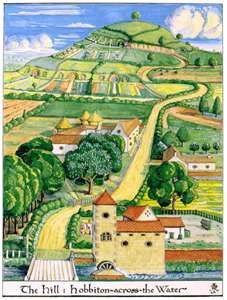
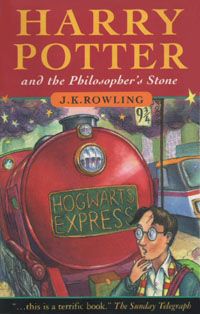
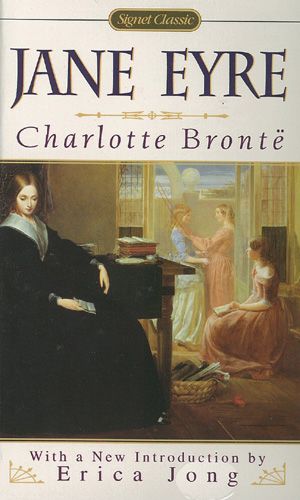
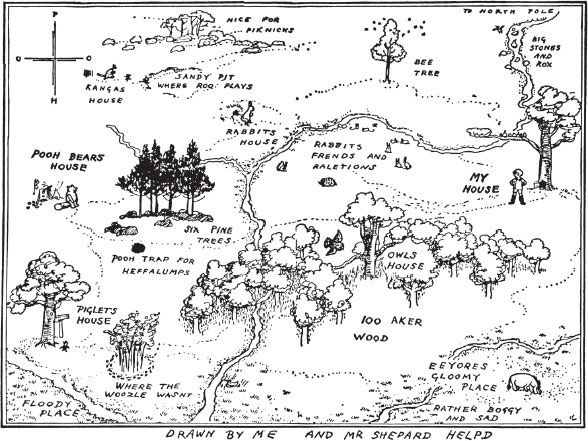
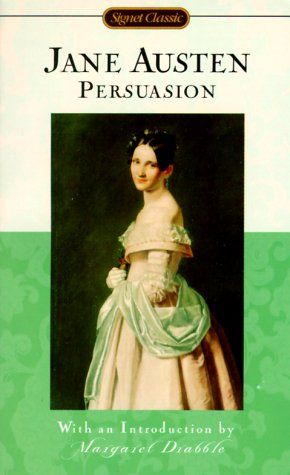



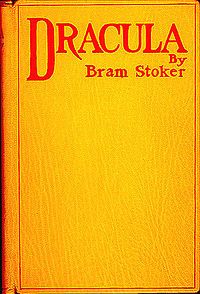
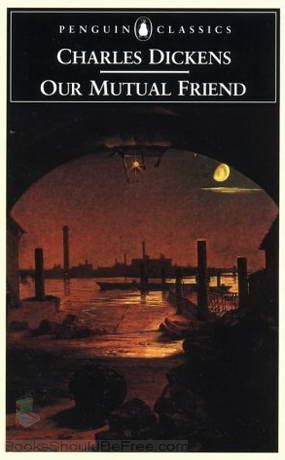








No comments:
Post a Comment